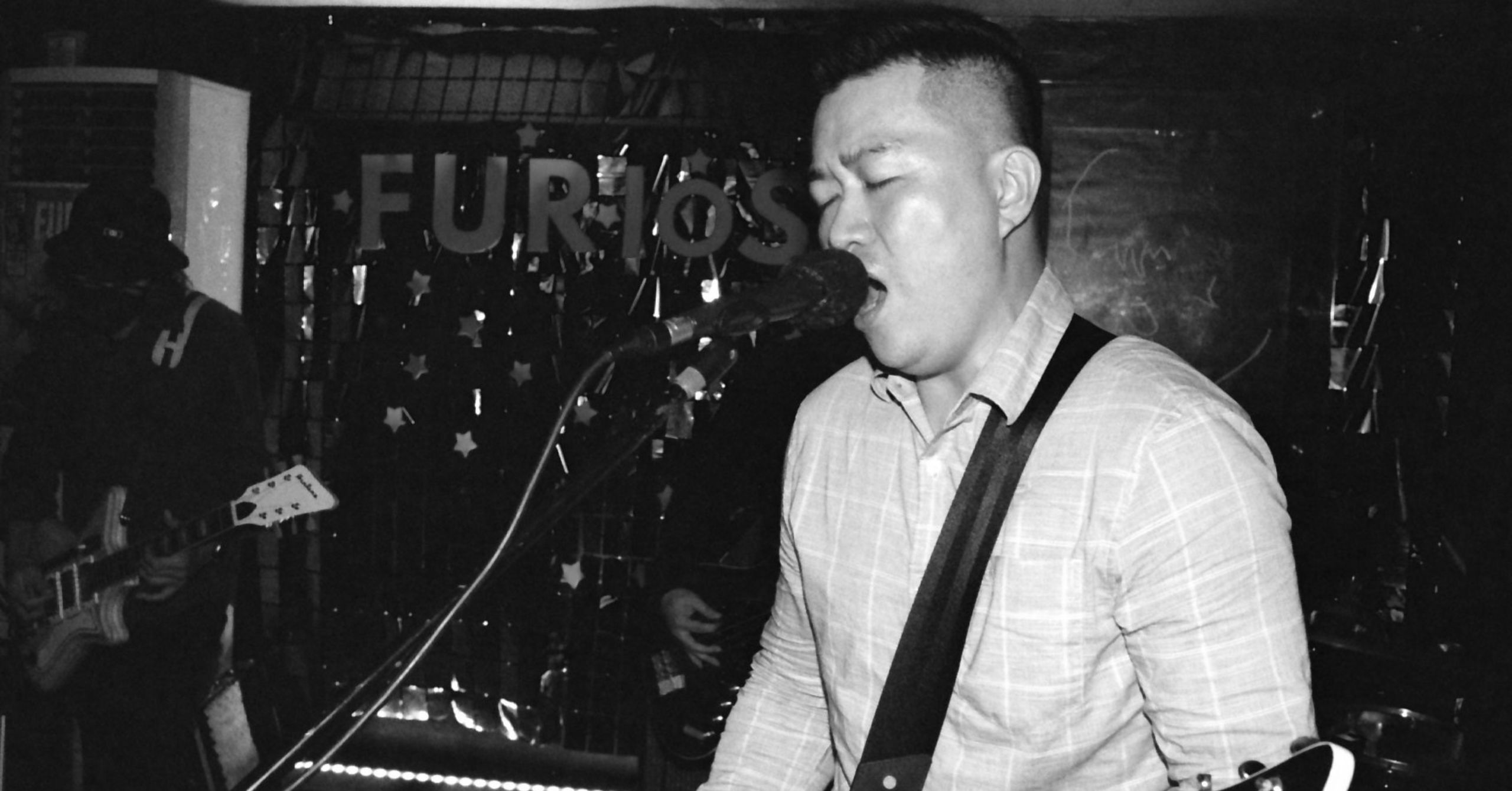In the heart of Birmingham’s Sparkhill, there once stood a pub that would go on to change the music world forever—The Mermaid: The Legendary Birmingham Pub That Sparked the Grindcore Revolution. While it may not have looked like much on the outside, this unassuming and often chaotic venue helped launch the careers of some of the most influential metal bands in history, including Napalm Death. More than that, The Mermaid became the birthplace of Grindcore, a unique fusion of heavy metal and hardcore punk that grew out of the social unrest of the 1980s.
During this era, the United Kingdom was in the grip of miners’ strikes and Cold War anxieties, and live music was struggling to find footing, especially for experimental and underground genres. In Birmingham, venues where bands could test new sounds were few and far between. That’s why The Mermaid became so essential. This dilapidated pub, where punters could attend shows for as little as £1, became a safe space for creativity and rebellion.
Reading Suggestion Bigfoot and His Monster Truck Friends Set to Turn Birmingham into a Petrol Head’s Paradise
Now, decades later, the cultural importance of The Mermaid is being examined through a new project funded by Historic England and run by Home of Metal, a Midlands-based heritage initiative focused on the region’s rich musical legacy. Through interviews with regulars and musicians, the project seeks to capture the essence of what made this venue so iconic.
The Birth of Grindcore
Grindcore is more than just a musical genre; it is a raw, abrasive sound that reflects the social upheavals and frustrations of the time. Combining the speed and aggression of punk with the heaviness of metal, it developed in response to the anger, disillusionment, and chaos of 1980s Britain.
The Mermaid played a crucial role in this. It provided a platform for bands like Napalm Death to develop and refine this new sound. Former band member Justin Broadrick described The Mermaid as feeling like “the start of something.” He explained that it was ultimately a punk rock venue and that without the spirit of punk, the pub and its revolutionary musical offerings might never have existed.
Grindcore wasn’t just fast and heavy; it was a reflection of the frustrations felt by an entire generation. Bands were pushing boundaries, experimenting with sound, and expressing their discontent with society’s political and economic climate. And The Mermaid, with its dilapidated walls and ever-enthusiastic crowd, was the perfect place for this new subgenre to be born.
A Home for Unconventional Styles
The Mermaid wasn’t just a venue for metalheads; it was a haven for all sorts of unconventional and experimental music. In addition to hosting Napalm Death, the pub also saw performances from bands like Primal Scream and The Sea Urchins. The crowd, made up of punks, metal fans, and curious outsiders, was always receptive to new and unpolished sounds.
Musician and long-time attendee Tim Richardson remembers visiting The Mermaid in 1986, describing a scene of joyful chaos. He recalled one particularly rowdy gig where the intensity of the crowd caused car alarms to go off outside, and bits of plaster and paint flaked off the ceiling, raining down on the audience. “Everyone was stage diving and back-flipping and going mental,” he recalled. This atmosphere of pure, unbridled energy was what made The Mermaid stand out as a hub for creative expression.
A Vital Underground Space
In a city where live music venues for underground genres were scarce, The Mermaid filled a void. It was a place where bands with unconventional styles could find an audience, even if they were rough around the edges. Shows were affordable, often costing just £1, and this accessibility allowed a wide range of people to experience new music.

Former members of Napalm Death, including Broadrick, fondly remember how the venue allowed them to shape their sound and grow their audience. Despite its worn-down appearance, the pub became a creative incubator. For the musicians who performed there and the fans who filled the space, it was more than just a pub—it was the beginning of something revolutionary. It gave birth to a new movement, both sonically and culturally.
The Mermaid’s Lasting Legacy
The Mermaid may be long gone, but its impact is still felt today. Grindcore went on to influence countless bands and subgenres within both the metal and punk scenes. Napalm Death remains one of the most respected names in extreme music, and the genre they helped create at The Mermaid continues to thrive around the world.
Now, thanks to the project by Home of Metal and Historic England, the legacy of this iconic venue is being preserved and celebrated. The project includes interviews with musicians, fans, and regulars who all share stories of what made The Mermaid such a special place.
One of the major goals of the project is to ensure that the importance of The Mermaid isn’t forgotten. It was more than just a pub in a rough part of Birmingham—it was the place where a new sound was forged, and a new subculture was born. As musician Tim Richardson said, The Mermaid “felt like home, even if it was rough and ready.”
Reading Suggestion Justin and Hailey Bieber Welcome First Child Meet Baby Jack Blues
Conclusion: The Iconic Pub That Changed Music Forever
The Mermaid in Sparkhill wasn’t just a venue—it was the heartbeat of a musical revolution. The pub’s role in launching Grindcore and supporting the early days of Napalm Death is a testament to its cultural significance. The new project by Historic England and Home of Metal ensures that the memory of The Mermaid: The Legendary Birmingham Pub That Sparked the Grindcore Revolution lives on. Even though the building itself may be gone, its legacy remains, echoing through the generations of metal and punk fans who continue to be inspired by the sounds that came out of that unassuming little pub.

